Conventional teaching usually revolves around the teacher and involves using textbooks and giving lectures. This has been the main way of teaching for a long time. How well it works depends on the situation, the topic, and the students. Education has changed a lot from the old ways and newer techniques are being adopted rapidly across the globe.
Today, these modern techniques such as digital classrooms, remote learning etc. are being used in schools with a focus on science and technology. Lessons are more fun and interactive with the use of computers, the internet, and projectors. Unlike traditional learning, modern education allows for learning through trial and experience, rather than just memorizing facts. Students are also taught critical thinking and problem-solving skills to advance in their education.
Conventional teaching approaches
One of the main characteristics of conventional teaching methods is to gain a clearer understanding of what it involves.
- Learning takes place in a physical setting, such as the four walls of a classroom.
- The teacher has full control over the learning environment.
- There is a heavy reliance on textbooks.
- Learning occurs at a set pace and schedule.
Advantages of traditional teaching methods
Traditional teaching involves teacher-led lectures, textbooks, and standardised tests. These methods have been used in education for a long time. Here are some of the advantages of traditional teaching methods include:
- Focuses on foundational skills
Basic reading and math skills are important for doing well in school and everyday life.
- Structured environment for learning
The traditional way of learning approaches offers a well-organized learning setting for students. The curriculum is usually clear, and students adhere to a fixed timetable. This can establish a feeling of structure and regularity.
- Availability of resources
Conventional learning techniques commonly use textbooks and printed materials, which offer physical resources for students to use. This is beneficial for students who like hands-on learning tools.
- Clear authority of a teacher
Traditional teaching methods usually have a central and authoritative position. This clear authority can assist in keeping order and creating a conducive learning environment for students.
- Assessments are Easy
The conventional method of learning is usually simple, using quizzes, exams, and written assignments. This makes it easier for teachers to gauge students’ comprehension.
- Covers more content
The traditional way of learning is effective for covering a lot of material in a set period, which is crucial in schools with a specific curriculum to adhere to.
- Instruction is teacher-centred
Certain students may find a teacher-focused method helpful. In this approach, the teacher plays a more involved role in leading the learning journey. This can work well for specific topics and students who need extra guidance.
Disadvantages of traditional teaching methods
Traditional teaching methods have their benefits, but they also have drawbacks in today’s changing world. Here are some of the disadvantages of traditional teaching methods:
- Lacks a real-world connection
Traditional teaching techniques do not show students how their learning applies to the real world. This can make it hard for them to understand its importance.
- Lack Personalisation
Conventional teaching may not meet the needs of each student’s unique learning style and speed. Students have different ways of learning and different abilities. It can be difficult for them to succeed in a teaching method that is the same for everyone.
- Student engagement is limited
Traditional approaches may result in passive learning, causing students to simply receive information without actively participating in the learning process. This lack of engagement can hinder comprehension and memory retention.
- Contrasts between memorisation and understanding
Conventional techniques usually stress memorisation and remembering facts, rather than encouraging critical thinking and deeper understanding. This may lead to shallow comprehension and may not be useful in practical situations.
- Not Flexible
Conventional techniques are strict and not adaptable. They make it hard to adjust to changing student needs. They do not include new teaching methods. This lack of flexibility can limit the growth of creative and flexible thinking.
- Overemphasises grades
Traditional teaching methods approaches usually stress grades and standardised tests, which can foster competition and prioritise grades above true comprehension of the subject matter.
- The use of technology is limited
Conventional teaching techniques might not make the most of today’s technology. In this day and age, technology is important in many parts of life. Not using tech tools enough in traditional teaching could be a drawback.
Education is changing with the arrival of new technologies and teaching methods. This leads to more personalised, interesting, and useful learning experiences. The important thing is to mix old and new methods. Teachers should use the best of traditional ways and add new ideas to their methodology. This helps different learners today and gets them ready for tomorrow.
Traditional teaching methods have been used in education for a long time and have shown success in some situations. But now, there is a demand for more student-focused, engaging, and flexible approaches. At Mother’s Pet Kindergarten, the perfect teaching method blends traditional and new techniques to suit the unique requirements of the learning setting.
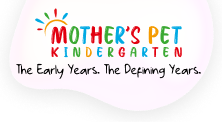

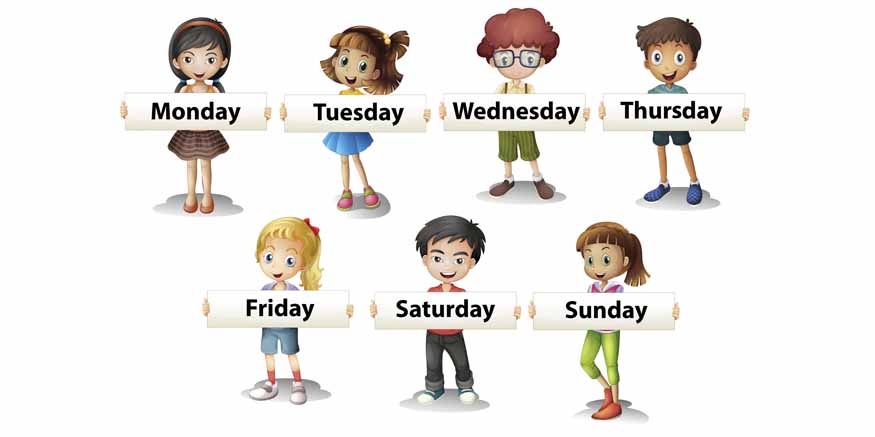

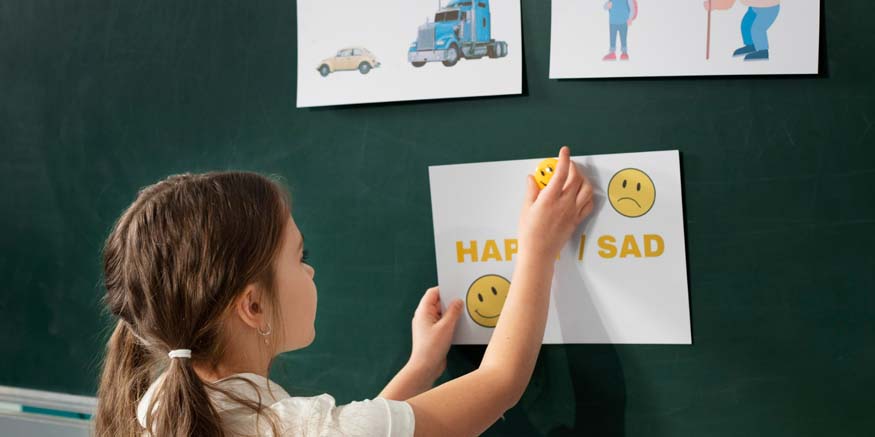
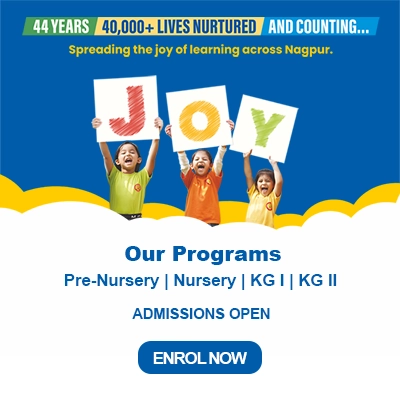
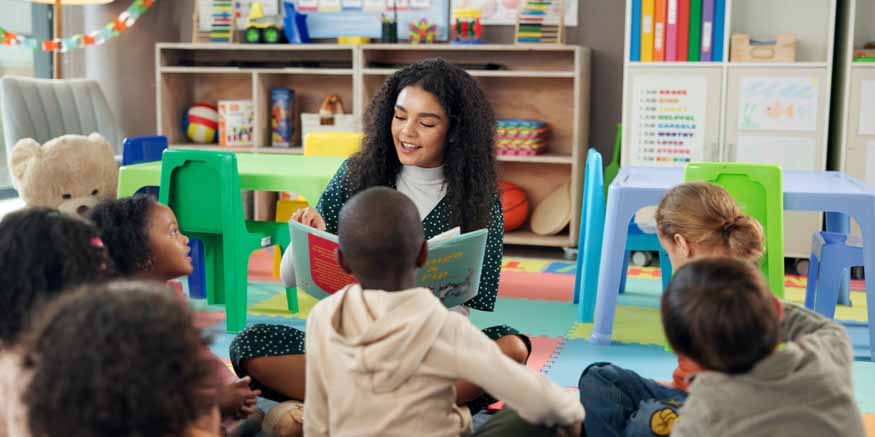






Recent Comments